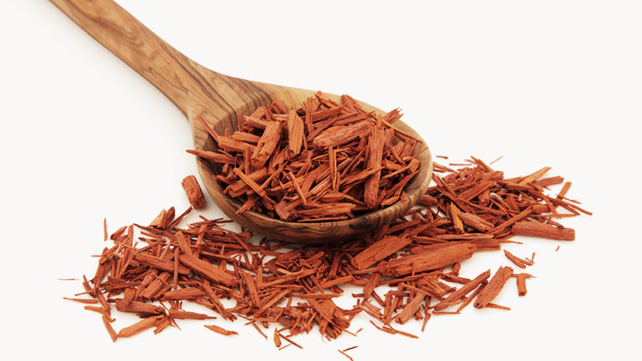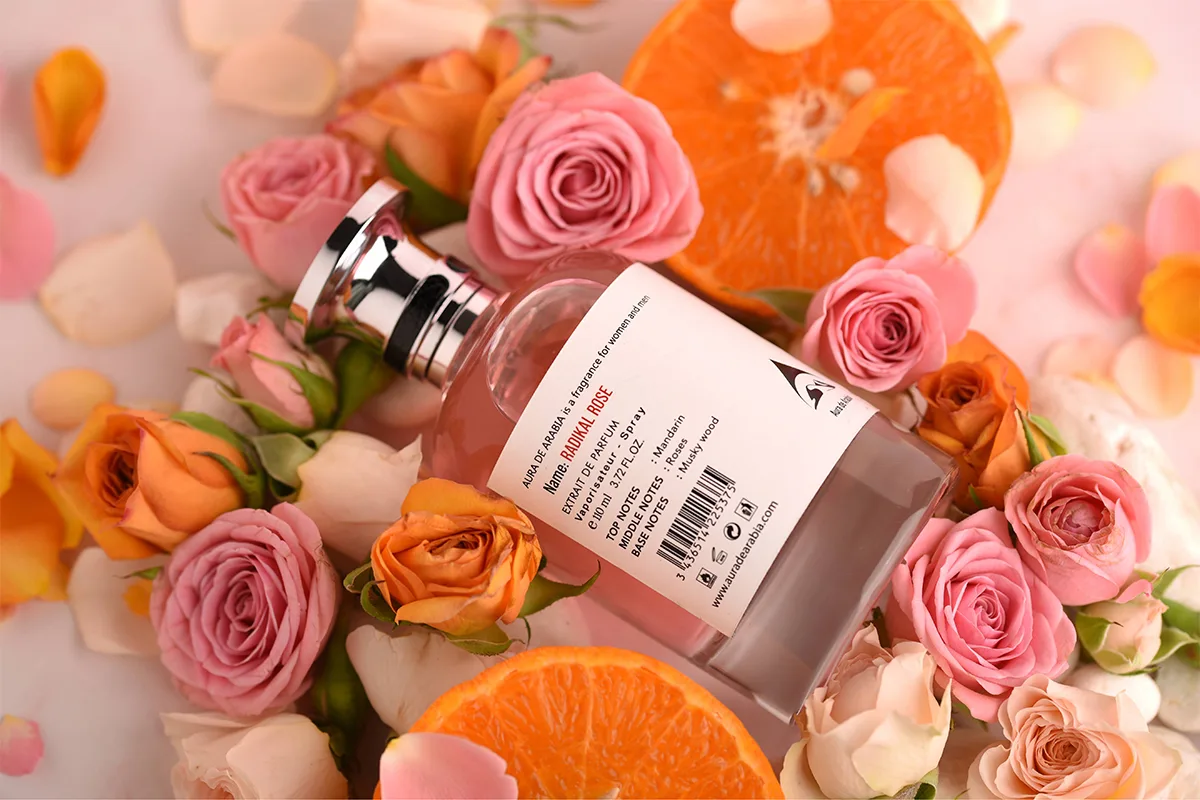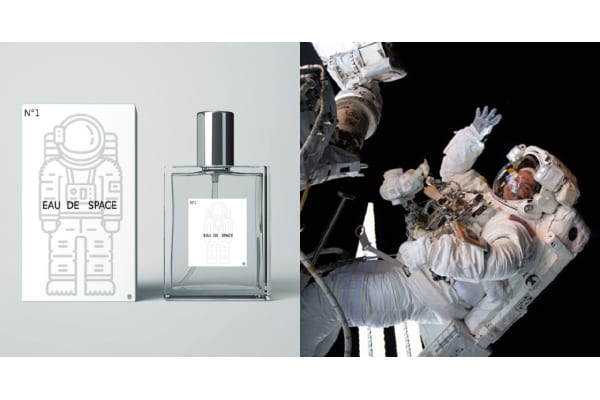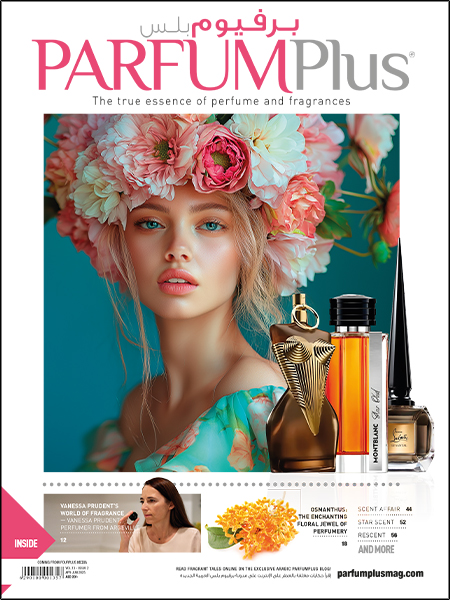Sandalwood has been enjoyed for its aromatic qualities for over four thousand years. Due to its unique fragrance, the use of sandalwood in perfumery remains prevalent to this day
The olfactory sense is without a doubt the most potent sensory organ humans possess. Even the tiniest perceived scent can evoke complex emotions and distant memories from the past. It is precisely for these unique capabilities hidden in the olfactory system that perfumery is able to create such powerful experiences. While new aromatic compounds are developed each year, some ingredients are so legendary they can never be replaced. One of these legends is sandalwood.
Sandalwood has such an important status in perfumery, it is rivalled only by a handful of other ingredients. Sandalwood is especially priced for its distinctively soft, warm, smooth and creamy scent. The mild yet unique scent of sandalwood makes it an ideal material to blend with other aromatic oils, even with ingredients with a much stronger fragrance such as jasmine, lavender and peppermint.
However, the use of sandalwood is not confined solely to perfumery. Various ancient scriptures highlight the use of this aromatic wonder as a medicine for a variety of purposes such as healing wounds and skin disorders. The fragrant wood has also been shown to reduce the symptoms of stress, which might speak for its extensive use in perfumery. Aside of medicinal uses, sandalwood has even been employed as a construction material due to its ability to resist termite infestation.

Indian and Australian sandalwood
Sandalwood was named ‘royal tree’ by the King of Mysore in 1792, and its status as one of the most precious woods in nature has remained intact ever since. There are a number of fragrant wood species classified as sandalwood (from the botanical genus Santalum), the most precious of which is the Indian sandalwood. This small tropical tree grows predominantly in dry, deciduous forests, and is highly susceptible to fire and pests. The Indian variety is valued because it contains more santanol, the main fragrant compound found in sandalwood, than other sandalwood species.
Another common sandalwood species can be found in Australia, but contains less santanol than the Indian variant. This leads to a more woody fragrance in the tree compared to the buttery aroma of the Indian species. Australian sandalwood is native to Southwest Australia and is used as an ecologically responsible alternative to Indian sandalwood, as the latter is endangered due to its illegal harvesting and long growth period.
Essential oil extraction

The most precious part of the sandalwood tree is the heartwood, as it provides the best quality oil. The best quality heartwood can be found in the roots of the tree, and because the roots grow slowly as the tree ages, the best sandalwood oil can be produced only from old trees. For example while the heartwood from the trunks can yield up to 4% oil, the roots may produce up to 10% oil. For this reason the sandalwood tree is always harvested along with the roots, which makes it a very cost intensive crop.

Today, most of the companies use steam distillation as the primary method of extracting oil from sandalwood for using in perfumes. The heartwood from the trunk and the roots are first chipped and pulverised into a coarse grind after which the distillation process begins. This process involves passing super-heated steam through the powdered wood for 48 to 72 hours. The steam releases the sandalwood oil present in the wood, and the resulting mixture of steam and sandalwood oil flows out ready to be collected. The time required for the process can be reduced by increasing the pressure, but this reduces some of the more delicate notes in the end product.
Usage in perfumery
As a perfume note, sandalwood seems to be omnipresent. It’s a very common base note in perfumes owing to its ability to retain its fragrance for a long time. Sandalwood can, however, also be successfully used as a dominant note. This flexibility in addition to its role as a fixative makes it a crucial ingredient in perfumery.
A classic example of the fixative power of sandalwood is Bois Des Iles, launched in 1926 by Chanel. The top notes include fruits and citrus notes, which are quickly followed by eloquent florals and a base composed of tonka bean, vetiver and sandalwood. Right from the beginning, the soothing sandalwood is present, creating a harmonious backdrop for the brighter notes. Even long after the rest of the notes have dried down, the elusive sandalwood lingers on, leaving a beautiful echo of the fragrance.

For a more powerful sandalwood experience, grab a bottle of Santal Majuscule by Serge Lutens. Here you can find sandalwood, rose and cocoa blended masterfully to create a fascinating impression. All through the experience, sandalwood is the dominating note, while rose and cocoa add depth and variety to the fragrance, making Santal Majuscule the ideal fragrance for warm autumn evenings.
Sandalwood blends especially well with other woods, as Santal 33 by Le Labo so well demonstrates. The fragrance combines sandalwood with top quality wood laid on a base composed of amber and spices. The result is a charming mixture of aromatic woods, which evoke a picture of ancient Asian temples.
For a different take on sandalwood, try Sandalo created by Lorenzo Villoresi in 1995. Sandalo opens up with a bold splash of petit grain and lavender. Almost immediately the sandalwood appears, at first toning down the generous top notes, but drawing more attention as the fragrance proceeds. In the middle notes neroli and labdanum ease the transition from bitter petitgrain to the calming base notes of patchouli and vetiver, all the while keeping the focus on luxurious sandalwood.








